


City tolls, an opportunity to fund mobility
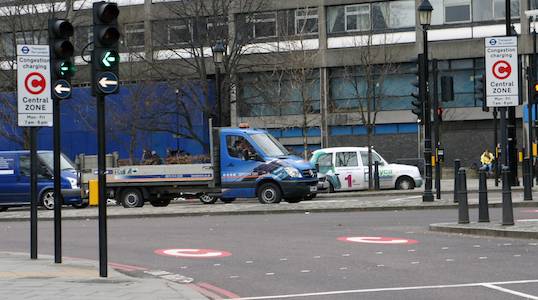
The main goal of most 20th-century road developments was to adapt towns and cities to cars, not only in the suburbs, where available space resulted in the construction of large access roads, but also in city centres and districts, in cities which were traditionally sized for journeys made by foot or by horse. Buchanan’s Traffic in Towns Report, commissioned by the British Department for Transport, set out this statement as early as 1963, calling for solutions to what was defined as “the problem of traffic in urban areas”, i.e. to roll out a series of developments so that cars could circulate in towns and cities.
Today, major cities are once again considering traffic in urban areas, but this time with the opposite starting assumption: how can the space taken up by cars in cities be reduced? This turnaround is predominantly due to the fact that cars are increasingly judged by the externalities they generate. There are three categories of externalities: congestion, disturbances (noise, pollution, stress, loss of productivity, etc.) and the deterioration of road networks. To reduce them, several global cities have introduced city tolls, obliging drivers to pay in order to increase the share of total traffic levies in urban areas.
Learn more / Download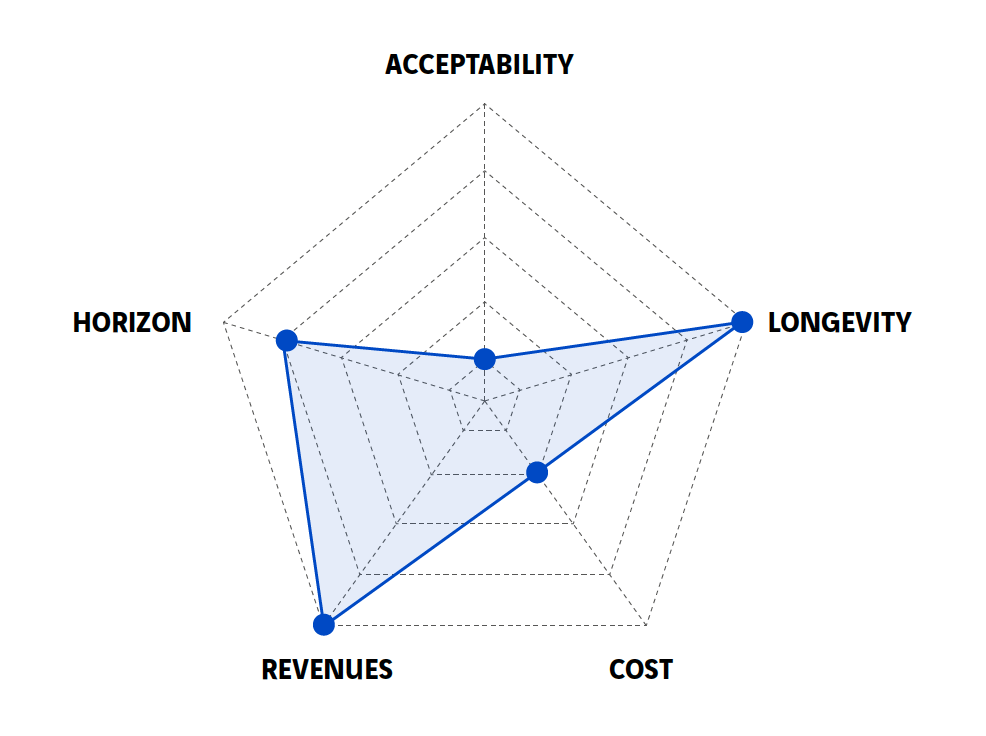
What scale of implementation?
- Local
Who pays?
- Taxpayer
What secondary benefits for the community?
- CO2 emissions mitigation
- Traffic jam mitigation / Ridership decrease
Other solutions to discover:
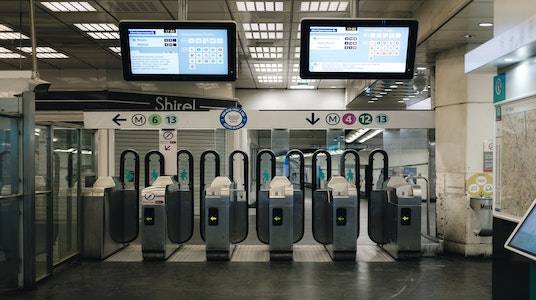
Public transportation passes and the limits of influencing flows
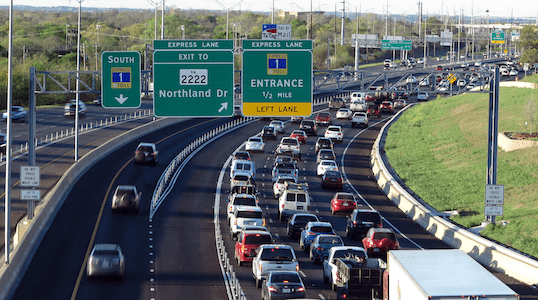
Managed lanes: promoting some uses while funding infrastructure
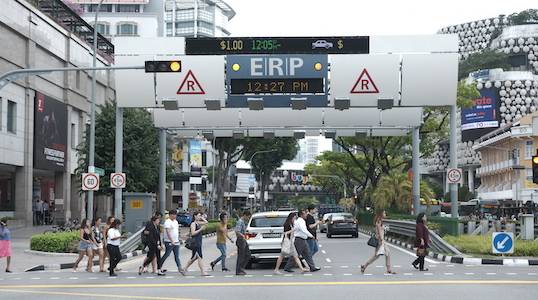
Singapore and the issurance of a quota of licences to finance mobility
La Fabrique de la Cité
La Fabrique de la Cité is a think tank dedicated to urban foresight, created by the VINCI group, its sponsor, in 2010. La Fabrique de la Cité acts as a forum where urban stakeholders, whether French or international, collaborate to bring forth new ways of building and rebuilding cities.














